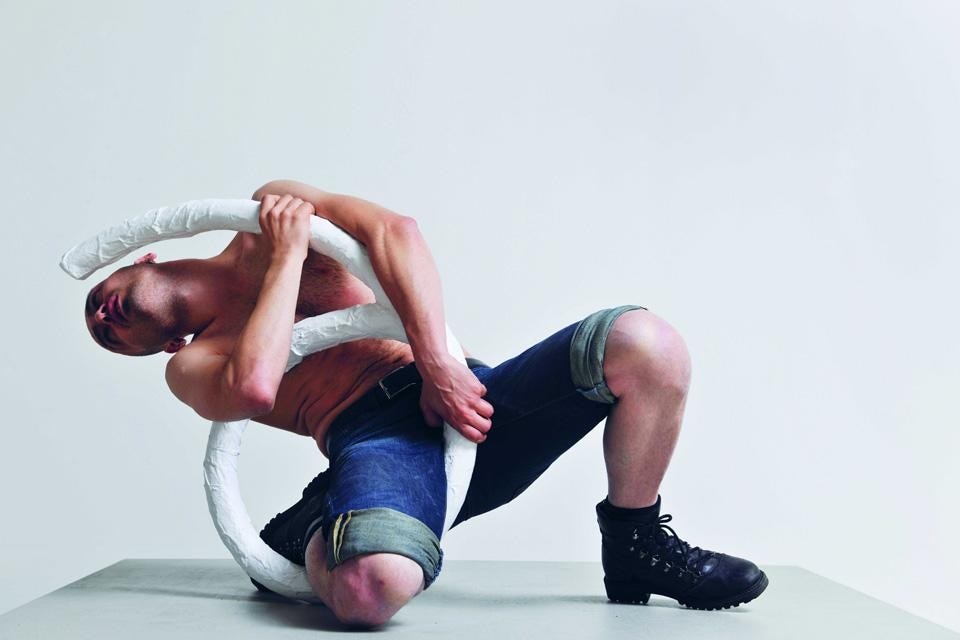The exhibition originated in works that were created in New York in the 1960s, a time that saw the erosion of the boundary between art and life and during which criticism of the artwork as an object and a ware had reached its climax. As with performances and happenings, dance also offered the possibility of transforming the object character of the artwork and avoiding the art market. The works brought together choreograph the visitor: they guide his or her movements and invite to physical experiences that transform the viewer into an active participant. Some works are also activated by a group of dancers or performers for the exhibition's entire duration.
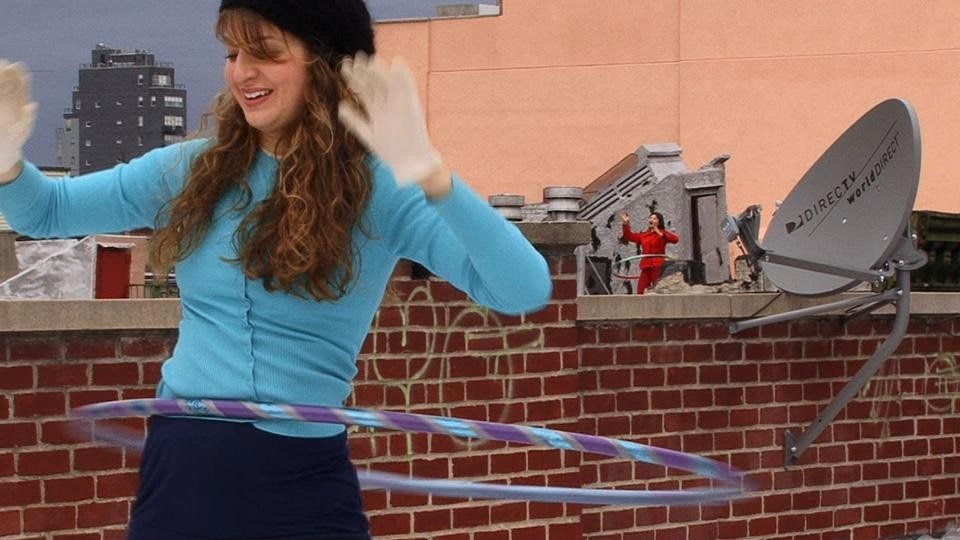
Forsythe thus provides a structure for a variety of possible movements. Christian Jankowski pursues the same playful approach with his invitation to hula hoop in the exhibition (Rooftop Routine, 2007); and Trisha Brown lines up water-filled pots in such a way that the visitor either consciously steps into the pots or avoids them (The Stream, 1970).
![Franz Erhard Walther, <i>Körpergewichte (Nr. 48, 1. Werksatz) (Body Weights [No. 48, First Work Set])</i>, 1966
© the artist
Foto © Hugo Glendinning Franz Erhard Walther, <i>Körpergewichte (Nr. 48, 1. Werksatz) (Body Weights [No. 48, First Work Set])</i>, 1966
© the artist
Foto © Hugo Glendinning](/content/dam/domusweb/en/news/2011/02/21/move-at-haus-der-kunst/big_326788_5921_HDK-Move-Franz-Erhard-Walther-Koerpergewichte.jpg.foto.rmedium.jpg)
Today, exhibition visitors' direct participation is a forty-year-old tradition. In 1971, Robert Morris staged a kind of sculptural obstacle-course with his work BodySpaceMotion through which the exhibition visitor was meant to move without the need for any specific directions or rehearsals. The wooden seesaw on which the Haus der Kunst visitor can try to maintain his balance was part of the original course. Some objects only exist in cooperation with the viewer, transforming his or her own body into a sculpture. In Franz Erhard Walther's Für Zwei (Nr. 31, 1. Werksatz) (For Two [No. 31, First Work Set]) from 1967 two people place a piece of fabric around their necks by each putting his head through one of the two holes. Connected to each other in this way, the two participants face each other for a minute looking into each other's eyes.
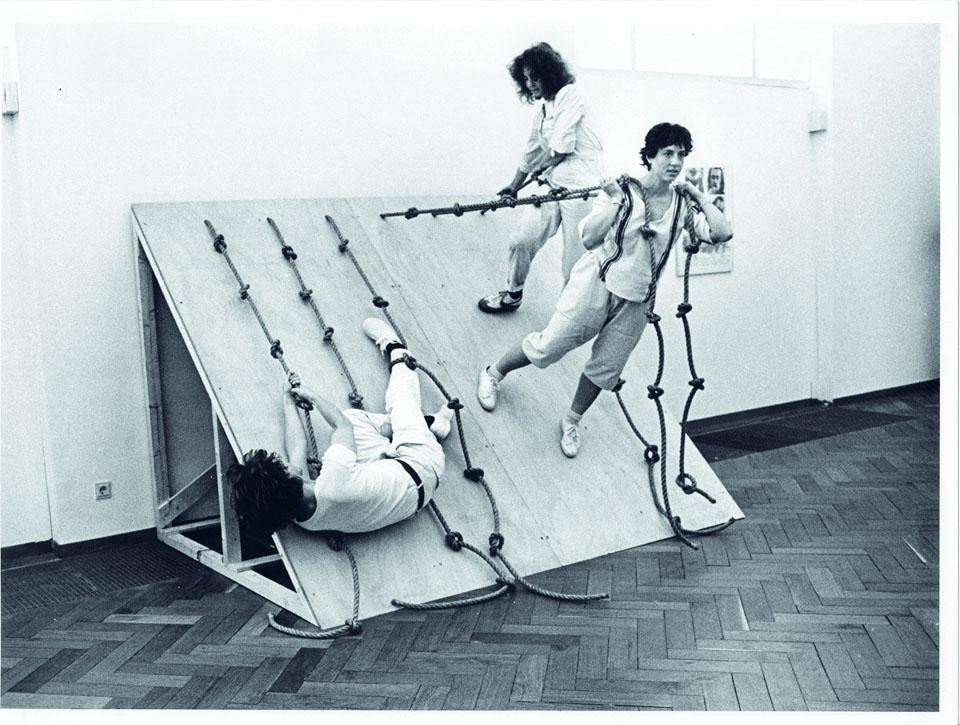
Mike Kelley's Test Room Containing Multiple Stimuli Known to Elicit Curiosity and Manipulatory Responses (1999/2010) is a kind of playroom furnished with oversized objects that visitors can interact with – either gently or aggressively. Kelley's interest in choreography applies to the manipulated, artificial behaviour that he allows in his Test order.
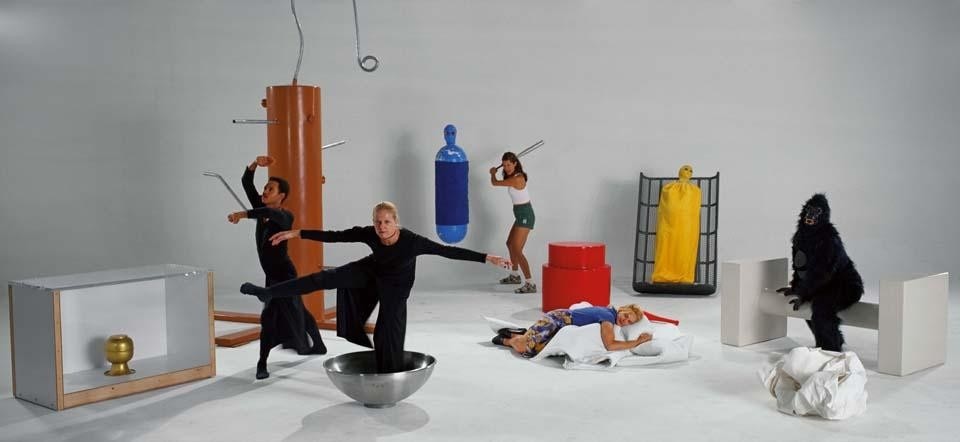
The exhibition will also feature works by Janine Antoni, Boris Charmatz, Lygia Clark, Simone Forti, Dan Graham, Isaac Julien, Robert Morris, La Ribot, João Penalva, Xavier Le Roy & Mårten Spångberg, Tino Sehgal.
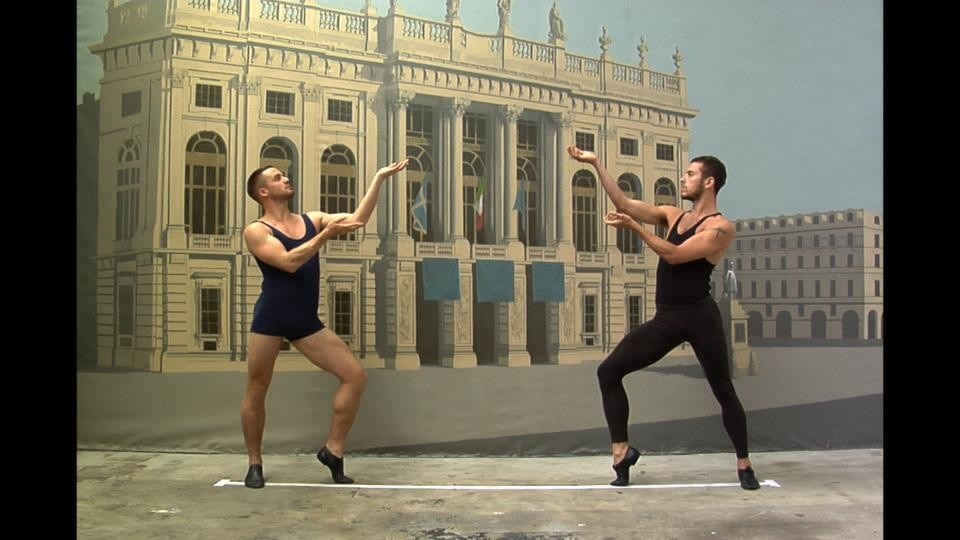
Until 8 May 2011
Move. Art and dance since the 1960s
Haus der Kunst, Munich


